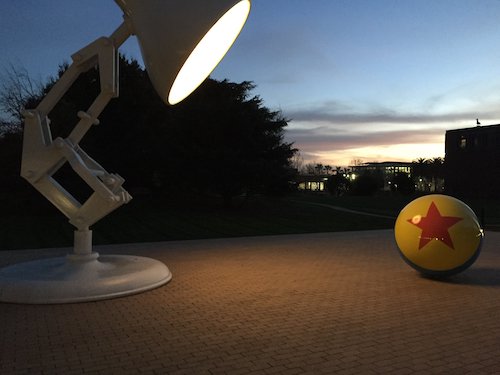Do you pace? I sure do. For years I thought it was a bad habit. I couldn’t sit still in school. My poor teachers tried to address it, “Sit down, Jason!” It was a constant problem. I eventually learned to pace “in place” while sitting. I can’t help it. My legs just want to move. Over the years, I learned the art of “focus” and mindfulness to help address some of my restlessness. Zoom has been a challenge for me, but I can assure you, my feet are still traveling miles under the table, bouncing and moving out of frame. But I find that anytime someone asks me a difficult question or I need to think deeply about something, I still instinctively leap to my feet and start moving. Are you like that?
I need to be moving. Scenery needs to be changing around me to forge new mental connections, amplify associations and expand my mental models so that I can arrive at an answer. It isn’t just the super complex problems that drive me to my feet, it can be something as simple as, “What should we do for dinner?”
I’m a kinetic thinker and suspect some of you are too. I need to push my mind through space as well as time to arrive at the solution. Somehow by experiencing a spatial flux it sparks cognitive magic. If I have a problem I just can’t solve or need to get creative about a fresh solution, a brisk walk suddenly unlocks the impossible. It can be something simple like a walk around the house.
We happened to find a house that has a circular floorplan. My wife laughs at me and my kids as we make laps around the inside of the house. Yes, my kids have been infected with this kinetic affection as well. There have been more than one collisions in our thinking, literally. For the more difficult problems, I go outside and perhaps even make a circuit around the block. Over and over again, those spatial explorations uncover discoveries that wouldn’t have been afforded otherwise. What can I say? I walk to solve.
Do you have a difficult decision in front of you right now? Do you have a mental block or can’t see any alternatives to a problem? If so, go for walk. I’m convinced it can help you unlock those mysteries too. Oh, and I’ll join you!



